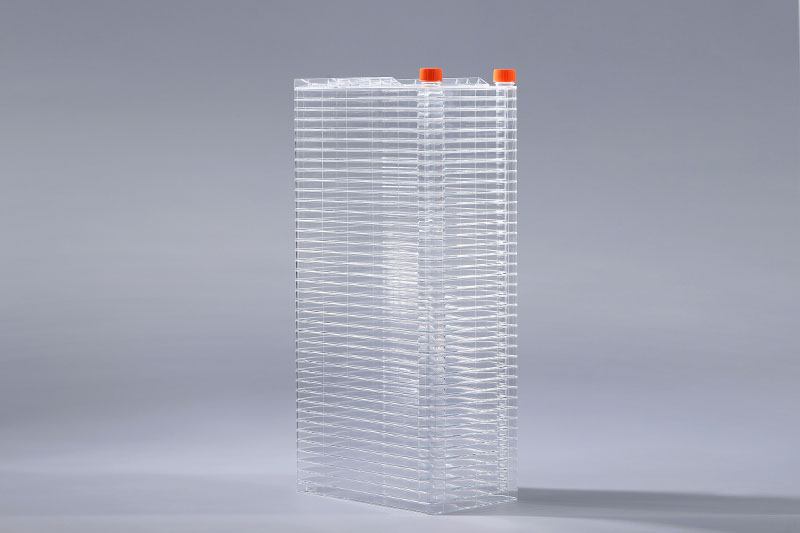대장균, 황색포도상구균, 슈도모나스 등을 포함한 세포를 배양할 때 cell factory를 사용하면 세균 오염이 흔한 오염원입니다. 세포가 세균에 오염되면 어떻게 해야 하나요?
의 판단 오염: 박테리아 오염은 다른 오염원과 다릅니다. 세포 공장의 세포가 오염되면 감지하기 쉽습니다. 대부분의 경우 배양액은 단기간에 노란색으로 변하여 많은 양의 산성 물질이 생성되고 명백한 탁도가 발생함을 나타냅니다. 배양액은 처음에는 섞이지 않았으나 조금 흔들면 많은 탁한 물질이 떠올랐다. 도립현미경으로 관찰하면 배양액에 많은 수의 구형 입자가 부유하는 것을 볼 수 있으며 때로는 세포 표면과 그 주변에 많은 수의 박테리아가 존재하며 세포의 성장이 멈추고 중독을 나타내는 것을 알 수 있습니다. 필요한 경우 박테리아 유형을 결정하기 위해 염색을 위해 소량의 배양 배지 도말을 수행할 수 있습니다. 일부 배양 배지 변경이 명확하지 않고 오염이 의심되는 경우 소량의 배양 배지를 브로스 배지에 추가하고 검출을 위해 37도에서 배양할 수 있습니다.
오염 처리: 박테리아 오염이 발견된 후 쇼크 평소의 5~10배의 항생제로 치료가 가능하며, 기존의 배양액은 복약 24~48시간 후에 교체할 수 있다. 이 방법은 초기 오염에 효과적입니다. 늦게 발견되어 오염이 심각한 경우 세포 폐기를 권장합니다.
세균 오염의 관건은 예방입니다. 세포 공장의 배양 배지에 항생제를 첨가하면 소량의 세균 오염을 예방하고 제거할 수 있습니다. 여러 세포 배양을 수행하는 경우 교차 세포 감염을 방지하기 위해 장치를 엄격하게 분리해야 합니다.
The FAI climbed 5.9 percent year-on-year in the first 11 months of 2018, quickening from the 5.7-percent growth in Jan-Oct, the National Bureau of Statistics (NBS) said Friday in an online statement.
The key indicator of investment, dubbed a major growth driver, hit the bottom in August and has since started to rebound steadily.
In the face of emerging economic challenges home and abroad, China has stepped up efforts to stabilize investment, in particular rolling out measures to motivate private investors and channel funds into infrastructure.
Friday's data showed private investment, accounting for more than 60 percent of the total FAI, expanded by a brisk 8.7 percent.
NBS spokesperson Mao Shengyong said funds into weak economic links registered rapid increases as investment in environmental protection and agriculture jumped 42 percent and 12.5 percent respectively, much faster than the average.
In breakdown, investment in high-tech and equipment manufacturing remained vigorous with 16.1-percent and 11.6-percent increases respectively in the first 11 months. Infrastructure investment gained 3.7 percent, staying flat. Investment in property development rose 9.7 percent, also unchanged.
 English
English



















































